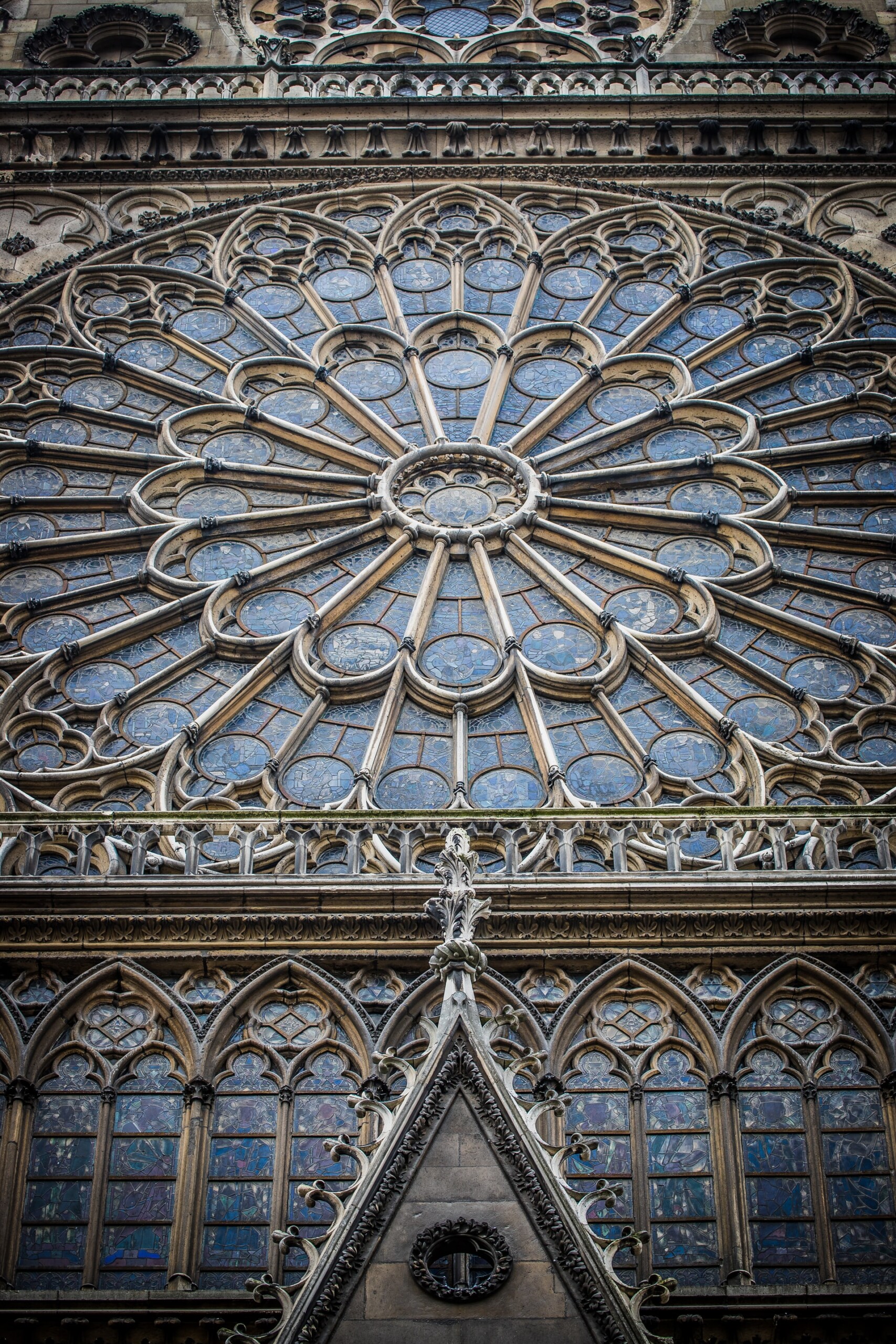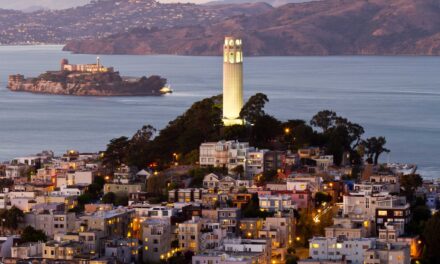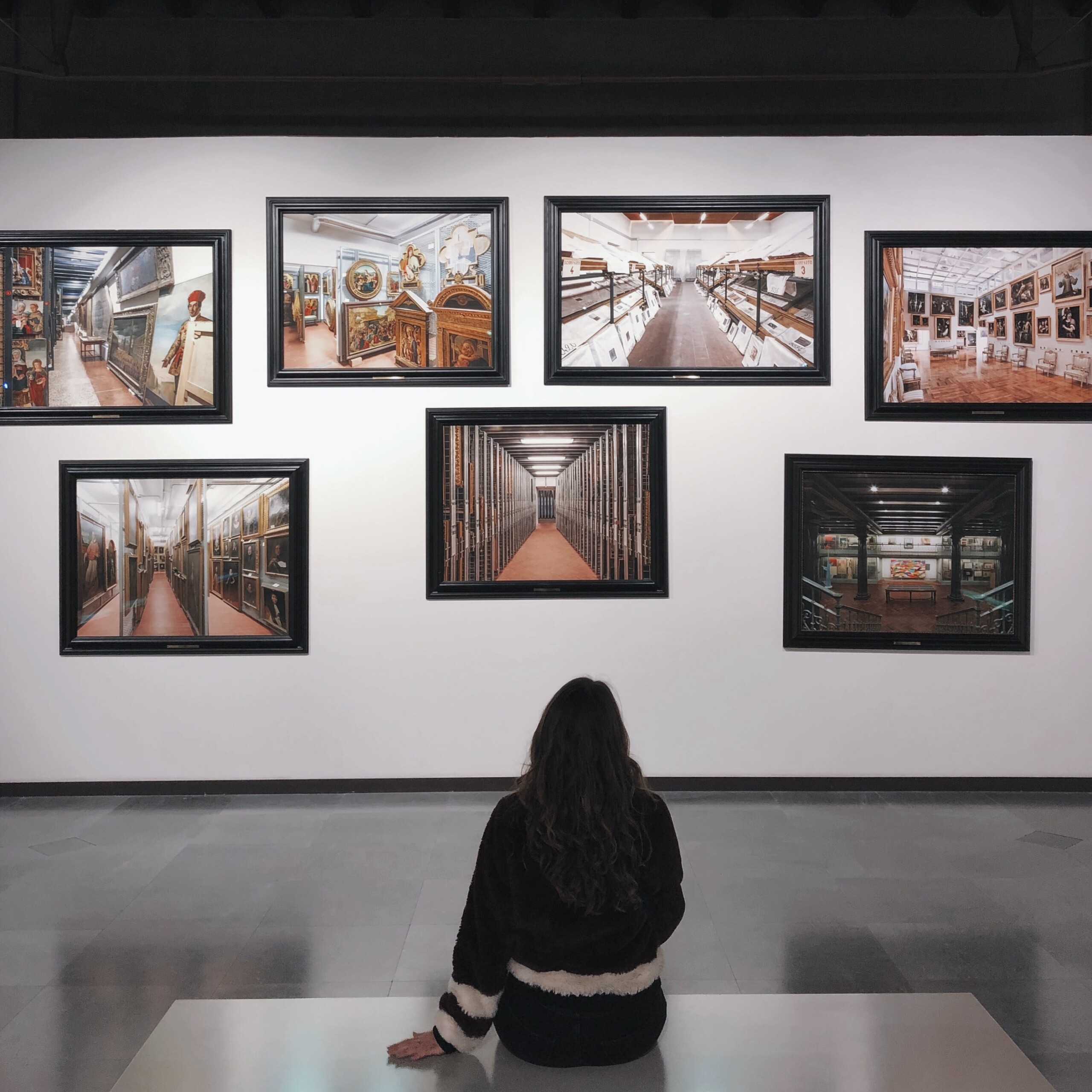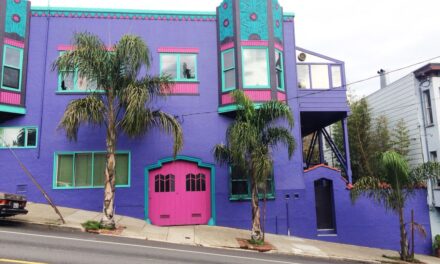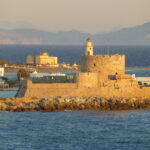Must see 10 most iconic architectural sites in the world
Here are a few interesting facts.

The Roman Coliseum, Rome, Italy
Construction of the coliseum started in 72 AD and the first gladiator fight was held in 80 AD! When the Colosseum opened, Emperor Titus celebrated with 100 days of games.
The entrance was FREE for all residents. The emperor would ask the audience whether or not a gladiator would live. Thumbs down meant to put the swords down and spare the gladiator’s life.
The last gladiator games were held in 435 CE, the last animal hunts stopped in 523 CE. It is estimated that over 1 million animals and half a million people died in the Colosseum.

The Eiffel Tower, Paris France
The Eiffel Tower was completed on March 31, 1889, the tower was the world’s tallest man-made structure for 41 years until the completion of the Chrysler Building in New York in 1930. The Eiffel Tower was built to mark the 100th anniversary of the French Revolution. Paris hosted the 1889 World’s Fair. Artists from around the nation sent in interesting plans for a structure to mark the entrance to the fair on the Champ-de-Mars.
It is possible to climb to the top, but there are 1,665 steps. Most people take the lift. Today the tower welcomes almost 7 million people a year, making it the most visited paid-for monument in the world.
The names of 72 engineers, scientists, and mathematicians are engraved on the side of the tower, each of whom contributed to its construction.
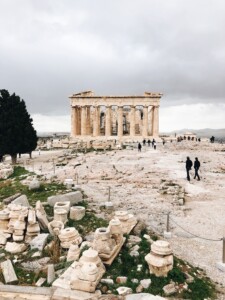
The Acropolis of Athens, Greece
The most famous acropolis is the Acropolis of Athens which is commonly known as The Acropolis. It is a World Heritage Site and one of the most popular tourist attractions in Athens. The most famous building is the Parthenon, which is considered to be one of the most important ancient buildings in Greece.
The Acropolis was built more than 3000 years ago The Acropolis, an iconic landmark in Greece attracts millions of tourists annually.
There are more pieces of the marbles from the Acropolis in the British Museum, Louvre in Paris, and the national museum of Denmark than there are in Greece.

Guggenheim Museum, Bilbao, Spain
It is one of the largest museums in Spain. The museum has a total of 24,000 square meters (260,000 square feet), of which 11,000 square meters (120,000 square feet) are dedicated to exhibition space.
The Guggenheim Museum Bilbao is a museum of modern and contemporary art located in Bilbao, Basque Country, Spain. The museum complex, designed by Frank O. Gehry, consists of interconnected buildings whose extraordinary free-form titanium-sheathed mass suggests a gigantic work of abstract sculpture.
Hailed as the most important structure of its time when it opened in 1997, Frank Gehry’s Guggenheim Museum Bilbao has changed the way people think about museums and continues to challenge assumptions about the connections between art, architecture, and collecting.
The museum was inaugurated on October 18, 1997, by former King Juan Carlos I of Spain.
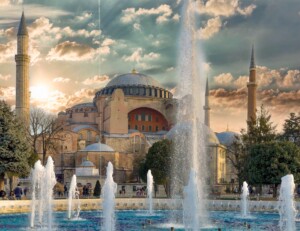
The Hagia Sophia, Istanbul
Sophia is the Greek word for wisdom. The full name of Hagia Sophia in Greek is ‘Shrine of the Holy Wisdom of God’.
Because of the forty windows in Hagia Sophia it has become famous for the mystical light that reflects about the nave (the area where worshipers sit).
Hagia Sophia was designed by a physicist, a mathematician and a scientist.
Until the Seville Cathedral was built in 1520, Hagia Sophia had been the largest cathedral in the world for almost 1000 years.

Le Mont, Sain Michel, Normandy, France
There is no doubt that Mont-Saint-Michel is an architectural wonder and anyone visiting France has this site on their bucket list. The abbey together with the Bay of the Mont-Saint-Michel has been listed as UNESCO World Heritage Sites since 1979. This imposing landmark is one of the most recognized in the country, second after the Eiffel tower.
This Gothic abbey is surrounded by a medieval village and has always been an architectural masterpiece of French history and culture. It stands at 302 feet tall and was named after the Archangel.
Mont Saint-Michel served as a prison once, King Louis XIV used the island prison for his political rivals. This was in the 18th century when most of the monks living there vacated. He saw this as an opportunity to lock up his enemies on an abandoned island.
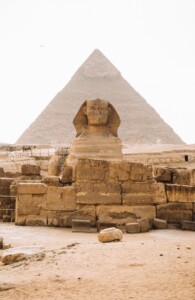
The Pyramids of Giza, Egypt
Pyramids of Giza
One of the most interesting fun facts about the Great Pyramid of Giza is that it’s the oldest and last remaining of the original seven world wonders.
The Pyramids of Giza were built more than 1,200 years before the rule of King Tut. The Great Pyramid of Giza is 481 feet tall.
The Great Pyramid of Giza was the tallest building in the world for 3,800 years! The Lincoln Cathedral in Lincoln, England, which was completed in 1311, was the first building to surpass the height of the Great Pyramid.
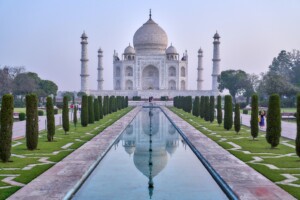
The Taj Mahal, India
The Taj Mahal was built to honor the Mogul Emperor Shah Jahan’s favorite and beloved wife Mumtaz, who died during childbirth. The architecture of the Taj Mahal is a combination of Islamic, Persian, and Indian styles.
In 2007, people from all over the world voted the Taj Mahal as one of the new seven wonders of the world.
It is closed every Friday, and only Muslims who comes here to attend prayers are allowed in the afternoon
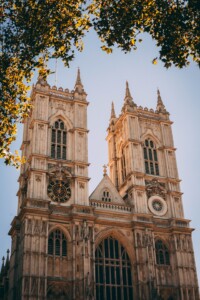
Westminster Abbey, London, England
Westminster Abbey attracts over 1 million visitors every year, eager to explore 1,000 years of history.
Westminster Abbey is a large Gothic style church, located in Westminster in Central London. It is across the street from the Houses of Parliament and close to Buckingham Palace.
The current abbey was built between 1245 and 1272, under the direction of King Henry III. Some parts of an earlier building built in 1050 survive and can still be seen today.
Over 3,000 famous people have been buried in Westminster Abbey over the centuries. The tombs of Charles Dickens, David Livingstone, and Charles Darwin can be seen here, as well as those of several British poets.
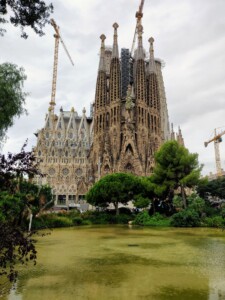
Sagrada Familia, Barcelona, Spain
It’s Been Under Construction for Over a Century
Under Antoni Gaudi, Construction for the Sagrada Familia project began in 1882. When Gaudí died in 1926, only a quarter of the basilica was completed. Although Gaudí made sure to spend his last few years dedicated to the project, it was clear that it wouldn’t be finished during his lifetime. This year, it’s believed to have entered its final stage of construction, with 2026 as its estimated completion date.
La Sagrada Familia is home to the tomb of Antoni Gaudí, who was unfortunately killed a few days after being hit by a tram. Located in the underground level of the building, visitors can come to see the tomb for themselves.
When La Sagrada Familia is completed, it will be the tallest religious building in all of Europe. The central tower in the middle will reach 170 meters tall.

